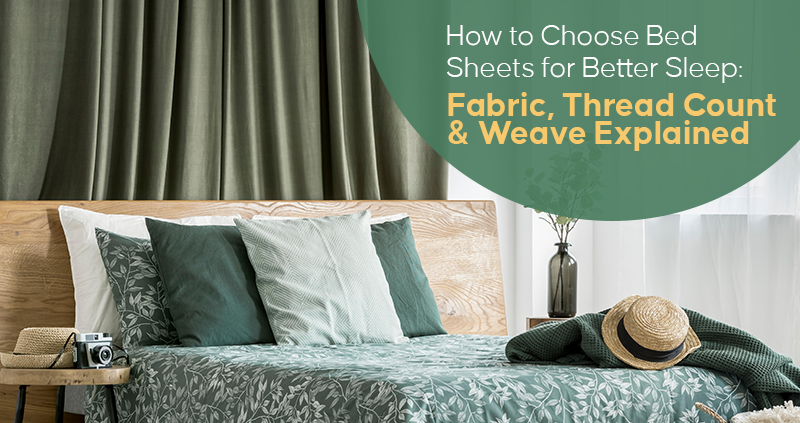
How to Choose Bed Sheets for Better Sleep: Fabric, Thread Count & Weave Explained
Picture this: it’s late, you’ve finally finished your day, and all you want is to sink into a bed that feels like a soft cloud. But the sheets are scratchy, you keep tossing and turning, and morning arrives long before real rest does. Sound familiar? The truth is, the quality of your bed sheets can transform your sleep from restless to rejuvenating. Here’s a warm, story-driven guide to help you choose the perfect bed sheets by understanding fabric, thread count, and weave, so you can drift off in comfort every night.
A Night to Remember
When Priya moved into her first apartment, she splurged on a gorgeous wooden bedframe but grabbed the cheapest bed sheets she could find. They looked fine on day one, but by week two, they pilled, trapped heat, and left her waking up in a tangle of sweat and frustration.
A month later, a friend gifted her a set of premium cotton bed sheets, and everything changed. The texture was smoother, the temperature cooler, and sleep felt like an indulgence rather than a chore. Priya’s story isn’t unique. Many of us underestimate how the right bed sheets can impact not only comfort but overall health.
Fabric: The Foundation of Comfort
The fabric of your bedsheets sets the stage for everything else. Think of it as the script in a play: even with the best actors (thread count and weave), a poor script means a poor performance.
1. Cotton
- Egyptian Cotton: Known as the gold standard, its extra-long fibers create ultra-soft, durable sheets.
- Pima or Supima Cotton: Almost as luxurious as Egyptian, but slightly more affordable.
- Upland Cotton: Common and budget-friendly, but it may not have the same smoothness.
2. Linen
Linen bed sheets are perfect for warm climates or hot sleepers. They wick moisture, breathe beautifully, and soften over time. Yes, they wrinkle, but that’s part of their casual charm.
3. Bamboo & Modal
Eco-friendly and naturally cooling, bamboo sheets feel silky without being slippery. Great for those who want sustainability alongside softness.
4. Blends & Microfiber
Cotton-poly blends are durable and wrinkle-resistant, while microfiber (a tightly woven synthetic) offers an affordable, velvety finish. But pure natural fibers generally breathe better.
Thread Count: Myth vs. Reality
For years, shoppers believed that a higher thread count automatically meant better bed sheets. But it’s not that simple. Thread count measures how many horizontal and vertical threads are woven into one square inch of fabric.
- Sweet Spot: 300–500 for most cotton sheets.
- Too Low: Below 200 can feel coarse and wear out faster.
- Too High: Numbers above 800 often use multi-ply threads to inflate the count without improving quality.
Focus on the quality of the fiber first, and let thread count be a secondary factor.
Weave: The Hidden Texture
The weave determines the finish and feel of your bed sheets. Here are the top contenders:
- Percale: A one-over, one-under weave that’s crisp, cool, and ideal for hot sleepers.
- Sateen: A four-over, one-under weave that delivers a silky sheen and warmer touch.
- Twill: Durable with a subtle diagonal pattern, often used for heavier sheets.
Your choice depends on whether you like that hotel-style crispness (percale) or a smooth, drapey feel (sateen).
Color & Care: The Emotional Element
Color might seem cosmetic, but it affects mood. Soft neutrals calm the mind, while deep jewel tones add a hint of luxury. Priya chose pale lavender for her new bed sheets, and she swears the serene hue signals bedtime to her brain.
Care matters, too. Pre-wash new sheets to remove finishing chemicals, and follow the label for washing temperature. High heat can break fibers and fade colors, shortening the life of your beloved bed sheets.
Building Your Personal Sleep Sanctuary
Choosing bed sheets isn’t just about facts and figures; it’s about crafting a personal sanctuary. Ask yourself:
- Do you run hot or cold at night?
- Do you prefer a crisp hotel feel or a cozy, velvety drape?
- How much time will you spend ironing or folding?
Your answers guide whether you lean toward breathable percale cotton or decadent sateen bamboo.
A Simple Step-by-Step Buying Guide
- Set Your Budget: Decide how much you can spend. High-quality cotton starts around a reasonable mid-range price.
- Pick the Fabric: Cotton for versatility, linen for coolness, bamboo for sustainability.
- Check the Thread Count: Aim for the 300–500 sweet spot.
- Choose the Weave: Percale for crispness, sateen for silkiness.
- Feel Before You Buy: If possible, touch sample swatches. Your skin will tell you more than labels.
The Dreamy Ending
After her upgrade, Priya noticed she fell asleep faster, woke up less, and even looked forward to bedtime. Her nightly ritual of slipping between cool, soft bed sheets became a gentle cue for her mind and body to unwind.
Better sleep isn’t only about mattresses and pillows; it’s about every layer that touches you. By understanding fabric, thread count, and weave, you can turn your bed into the restful retreat you deserve.
Treat your bed sheets as more than decoration. They are the first and last thing your body feels every night. Invest wisely, and your future self, well-rested and smiling, will thank you.


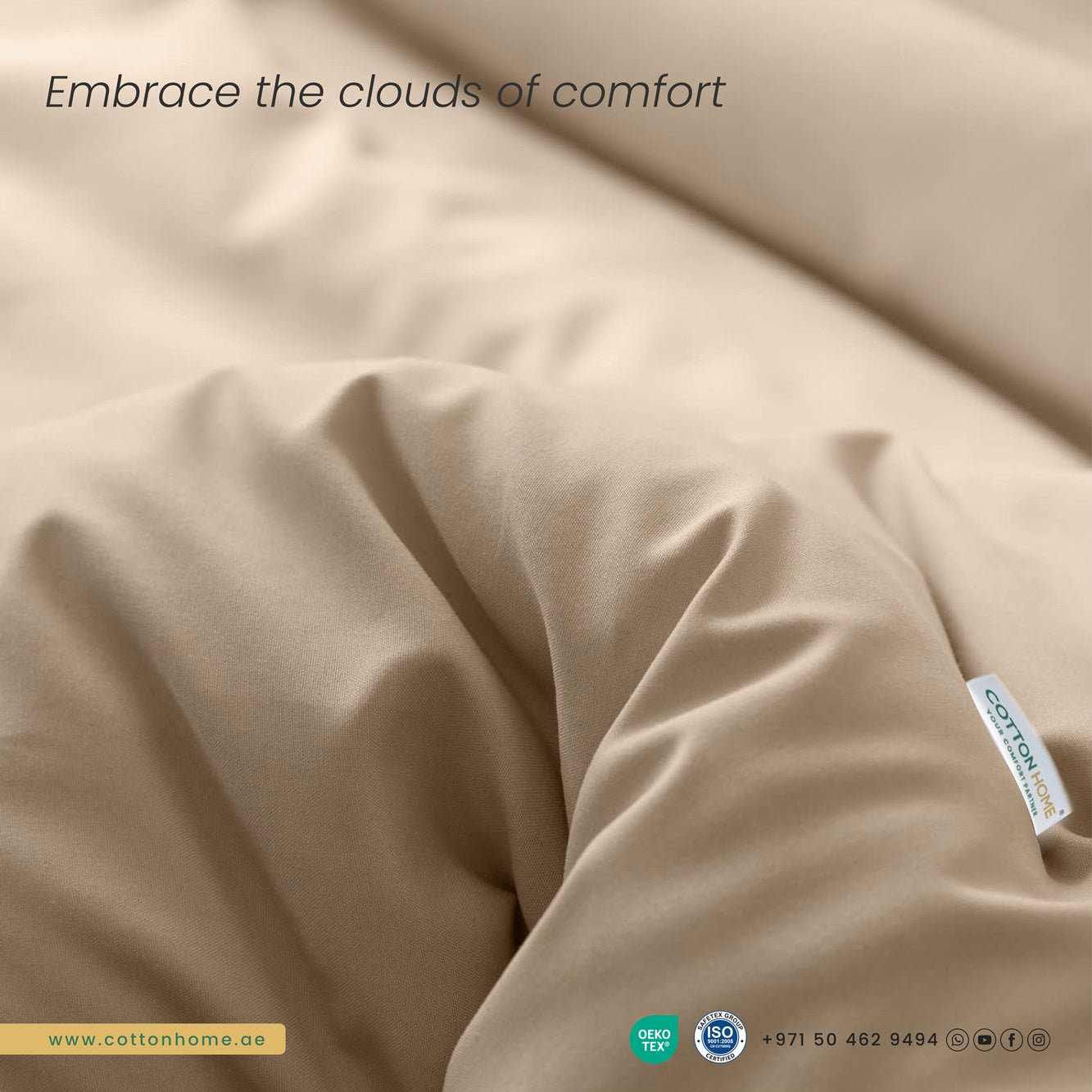
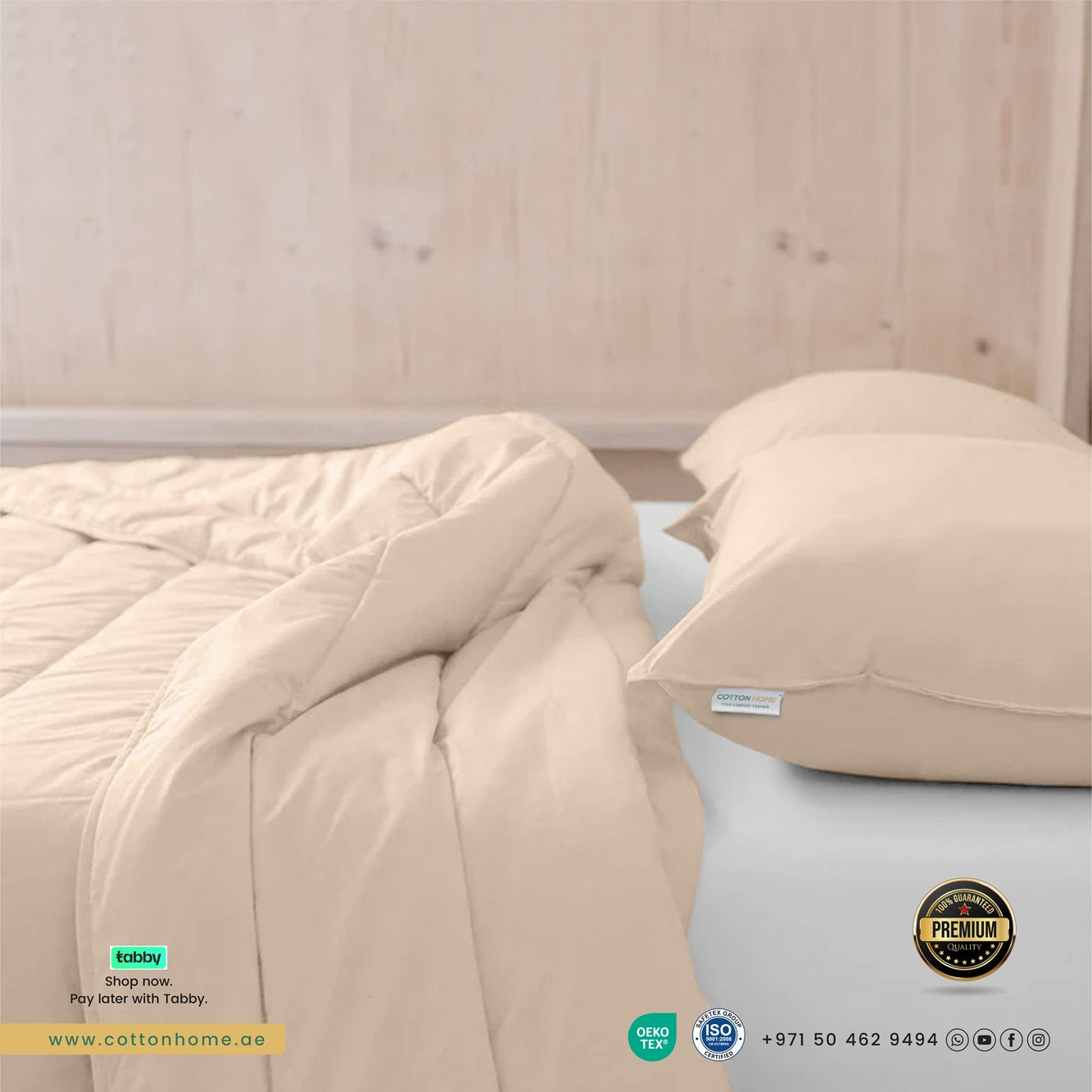
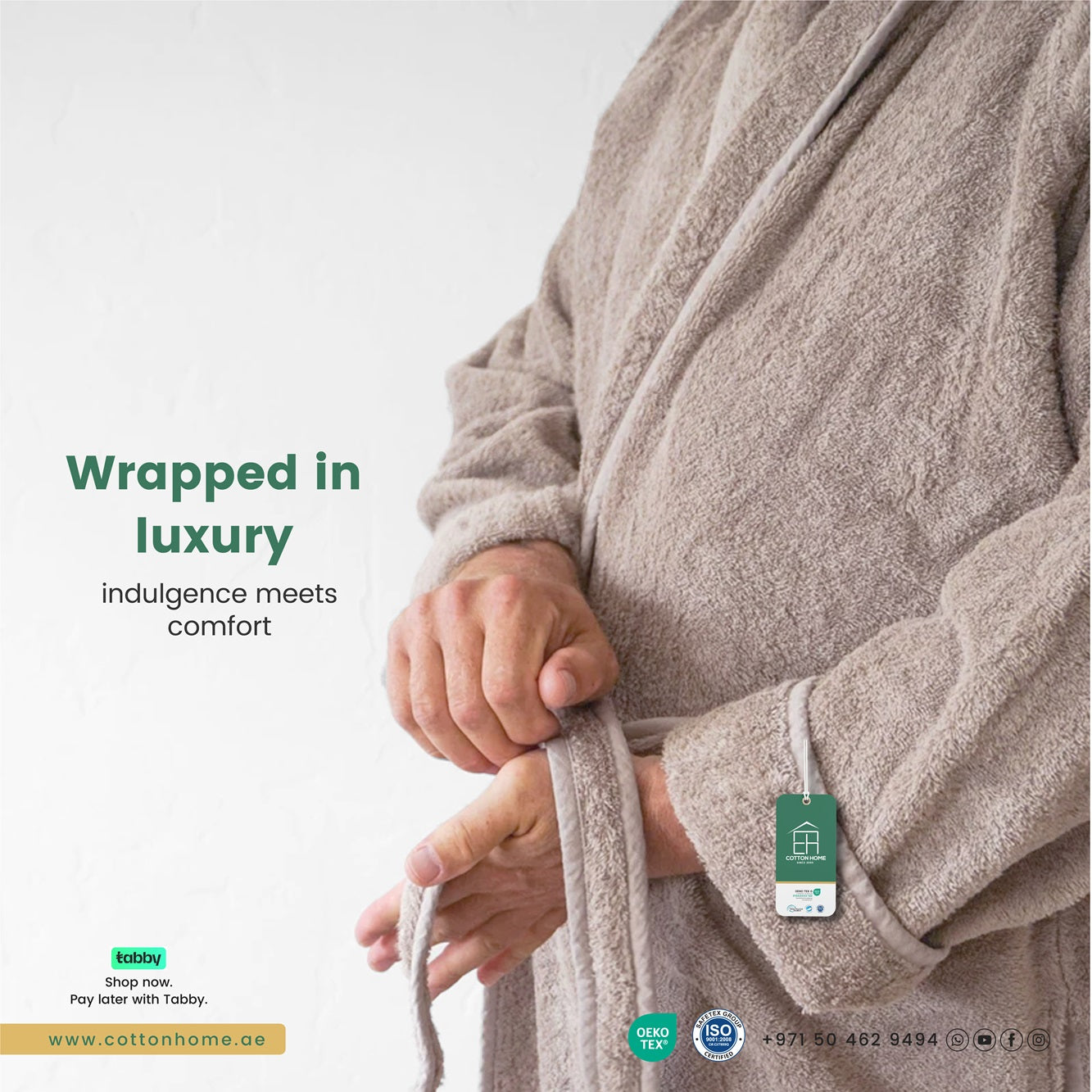
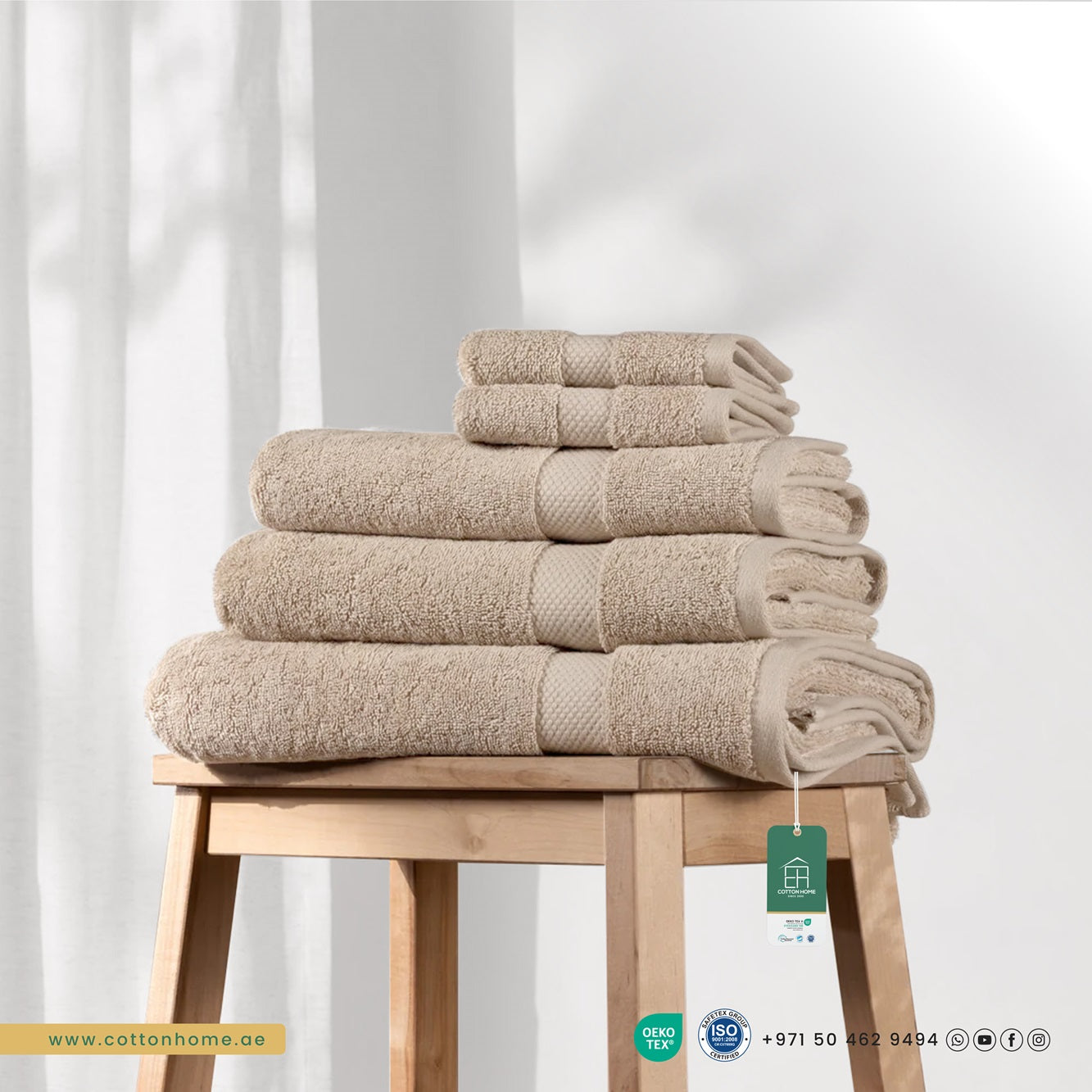
Leave a comment